15 Common Cake-Baking Mistakes
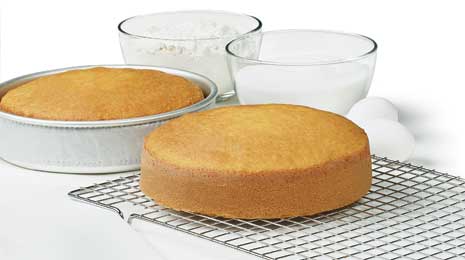
We do a lot of baking in the fall and winter, right? Cakes are one of the all-time favorite baking endeavors of most home cooks. And why not; cake baking is fun and relaxing once you've prepped for it and nailed the basics.
But, cakes are also easy to mess up. That said, read on to learn about the most common cake-baking mistakes. Learn to avoid these and you'll be on your way to baking bliss.
Choosing the wrong pan. One pan doesn't fit all. Different baked goods need different pans:
Standard round layered cakes need either 9-inch or 10-inch rounds. These can also be repurposed easily (biscuits, rolls, and casseroles).
Cheesecaks need 9-inch or 10-inch springform pans. Due to the soft texture of cheesecake, this pan makes it easier to remove the sides without harming the cake.
Pound cakes and other quick breads need a 9x5 loaf pan. Choose a weighty one and also use it for yeasted breads and meatloaf.
All types of brownies or other dense bars need an 8x8 or 9x9 square pan. Many bar recipes call this size. Note: metal pans cause the bottom of whatever you're baking to brown a lot more. For even cooking, use glass or ceramic.
Sheet cakes and casseroles need 9x13 glass, ceramic, or metal pans. Standard cake recipes can be modified to fit this size pan, which holds about 3 quarts of volume.
Forgetting parchment paper, your best baking companion. To prevent disasters, be sure to line the bottom of your pan with parchment paper. This allows your cake to easily release without breaking into pieces. Find parchment in most grocery stores sold in rolls, sheets, or pre-cut to fit round cake pans.
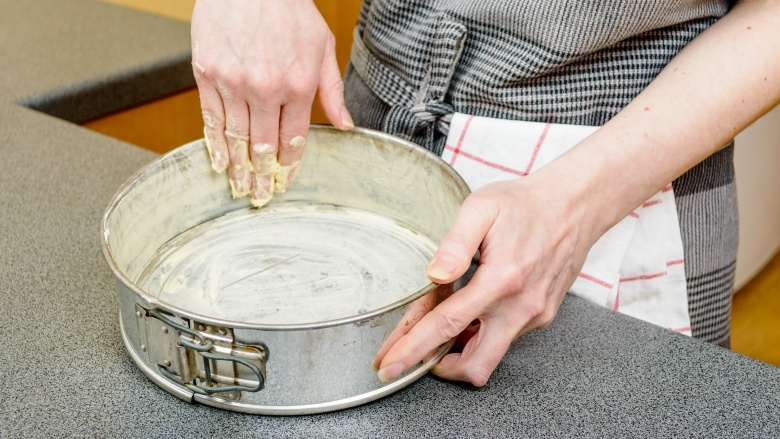
3. Neglecting to thoroughly grease and flour your pan. No matter what pan type, take this step. THEN place parchment paper in the pan.
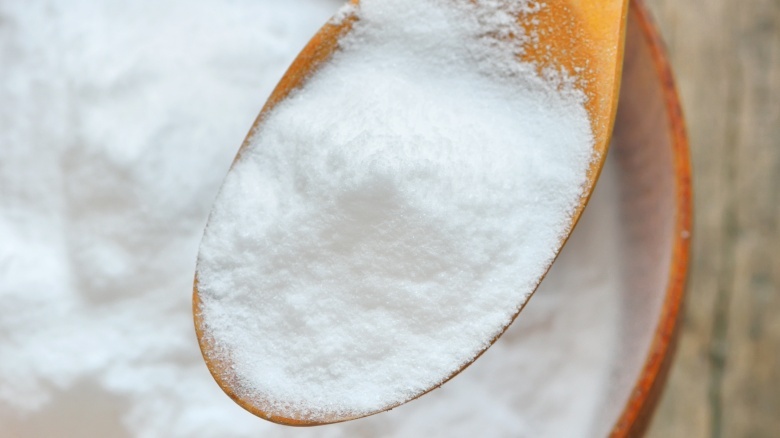
4. Using expired leaveners. Baking soda or baking powder can last a long time. Even though containers are still there, that doesn't mean they’re good to use. Past-due leaveners prevent baked goods from achieving maximum lift, producing flat results. Check expiration dates and believe them!
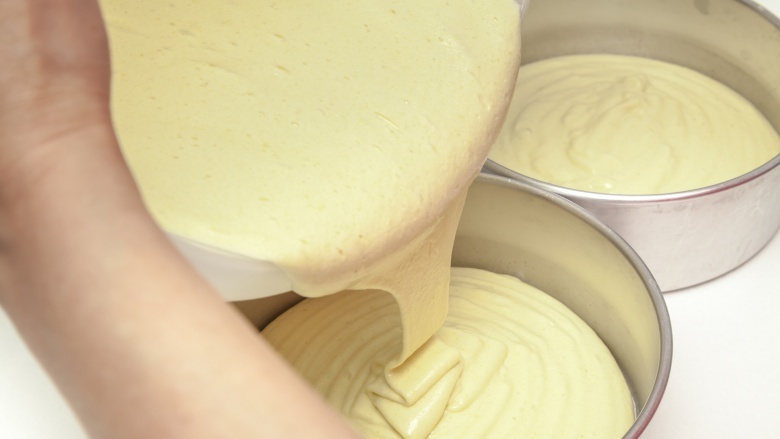
5. Not releasing air bubbles. While cake batter needs air to make a light and fluffy cake, too much will create holes and cracks in the finished product. Avoid this by tapping the pan on the counter a few times after filling.This brings bubbles to the surface and levels the cake top.
6. Letting batter stand for too long. Once dry ingredients connect with liquids, the rising agent becomes activated. At this point, it’s crucial to transfer the batter to the oven to bake immediately. Leaving it out causes deflating. To avoid, always prep pans beforehand to be ready for immediate transfer.
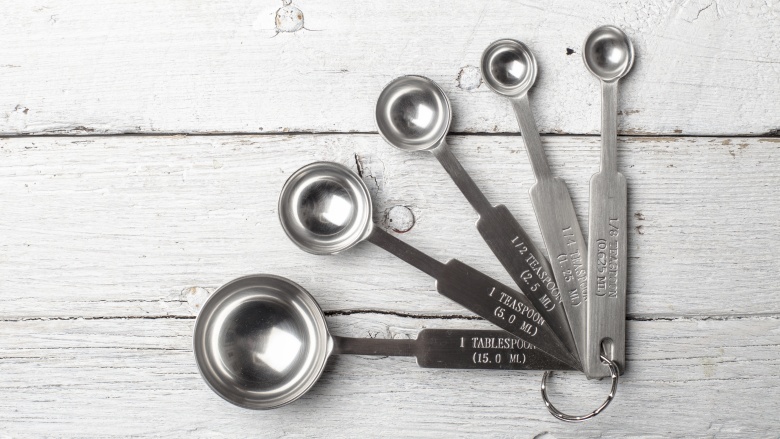
7. Sloppy measuring. Our grandmas will refute this, but unlike general cooking, baking requires precision. Even if you think you can eyeball the measurements, it's always better to use measuring cups and spoons to be exact. The smallest errors change cake makeup, since baking recipes are based on the ratio of ingredients working together. Too much flour? A dense dud. Too much baking soda? Metallic taste. Play safe: measure accurately.
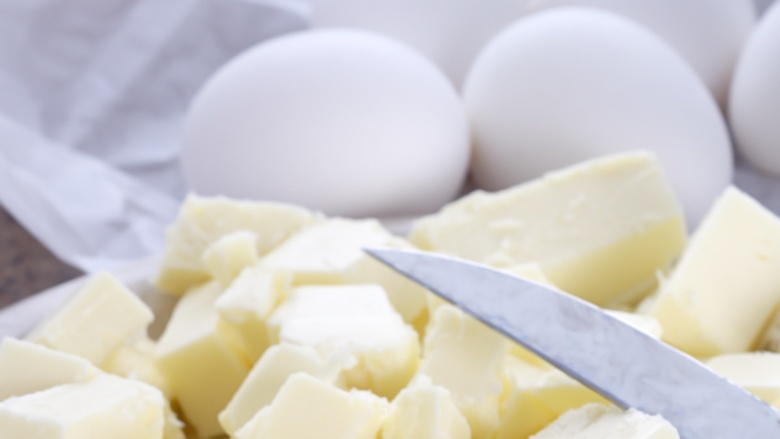
8. Not letting ingredients get to room temperature. Recipes calling for butter, eggs, and milk want these at room temperature. Never cream cold butter and mix in chilled eggs. Cold dairy results in dense treats that bake unevenly. Room temperature dairy ingredients emulsify to capture air. Oven heat causes the batter’s trapped air to grow, resulting in a light and fluffy texture.
9. Not mixing enough. All ingredients need to be thoroughly incorporated. There shouldn't be any butter chunks or sugar in your batter, as these cause pockets of caramelization in the finished cake.
10. Mixing too much. Over-mixing creates a dense cake without the tender crumb you want. Mixing works the flour and develops gluten. The more gluten that develops, the tougher the cake will be. When the recipe says “mix until just combined,” believe it and heed it.
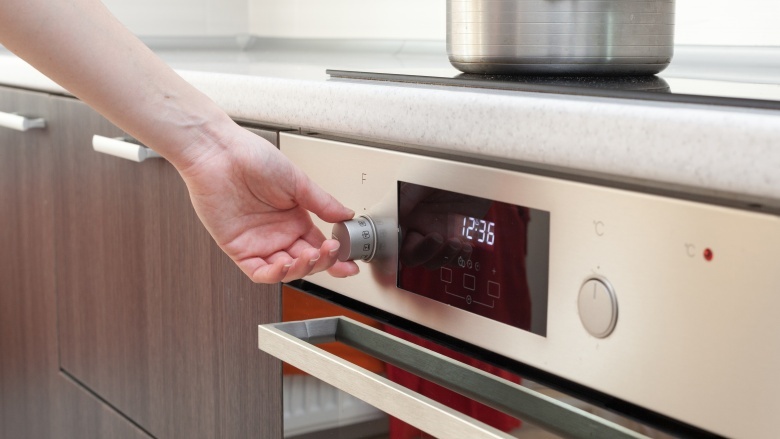
11. Baking at the wrong temperature. Since most ovens run a little hot or cold, hang an oven thermometer on an oven rack to ensure temperature accuracy. If a recipe does not state what the temperature should be, keep in mind that cakes, which are high in sugar content, are generally baked at low to moderate temps between 325° F and 350° F so they don't burn. Yeasted breads, which usually have less sugar, can bake at 400° F to develop a dark golden crust. For yeasted treats that are also loaded with sugar — cinnamon rolls and the like — you should set your oven to 375° F.
12. Peeking. Opening the oven door allows heat to escape, creating a change in the temperature and causing uneven baking. Leave the door closed until the minimum time stated on the recipe. When you do check on your cake, pull out the rack instead of removing the cake from the oven (in case it's premature).
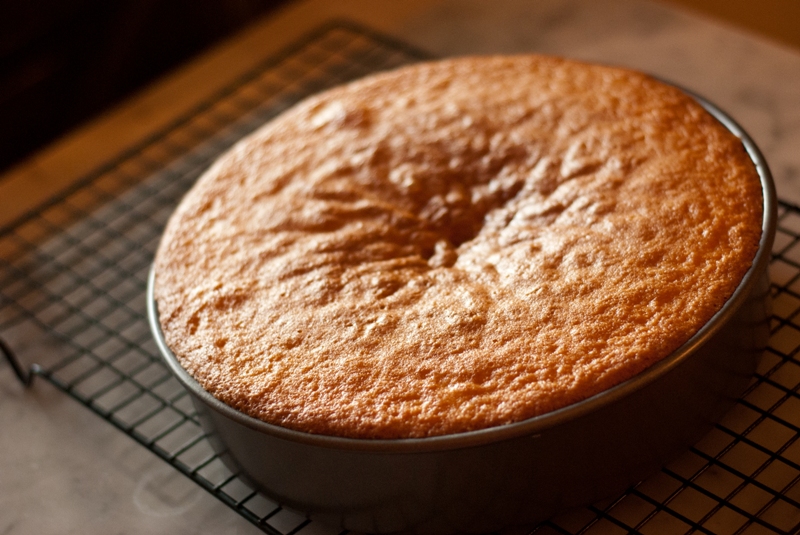
13. Removing it too soon. Removing your cake before it's finished baking causes its center to collapse. Even returning it at this point won't fix the caved-in middle. Use a toothpick to determine how “set” the center is before even thinking about removing your cake.
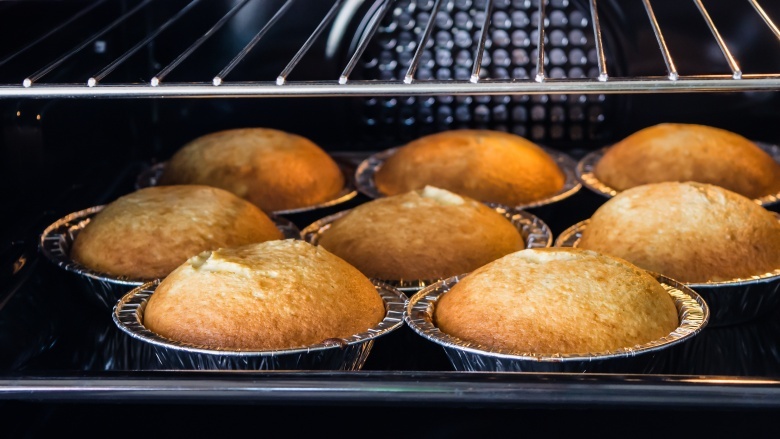
14. Not rotating. Even the best ovens distribute heat a little unevenly. The oven back is hotter than the front. In some ovens, the top or bottom is hotter. Rotating your cake halfway through baking is the way to work with these heat discrepancies.
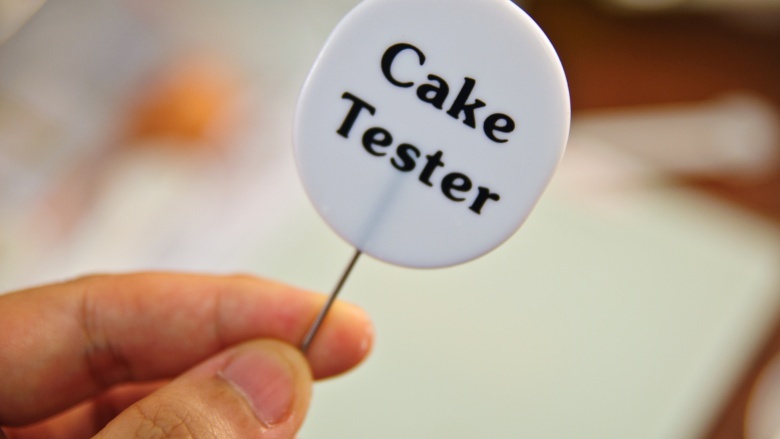
15. Not considering all signs of doneness. The best way to check for doneness is to use a few techniques together: Look for a slightly domed center, a golden brown color (non-chocolate cakes); touch to see if it springs back, and poke the center with a toothpick or cake tester. The toothpick or tester should come out cleanly with only a few crumbs clinging to it.
- www.bakedecoratecelebrate.com
- www.mashed.com
- www.theshoeboxkitchen.com
 Alice Osborne
Alice Osborne
Weekly Newsletter Contributor since 2006
Email the author! alice@dvo.com
